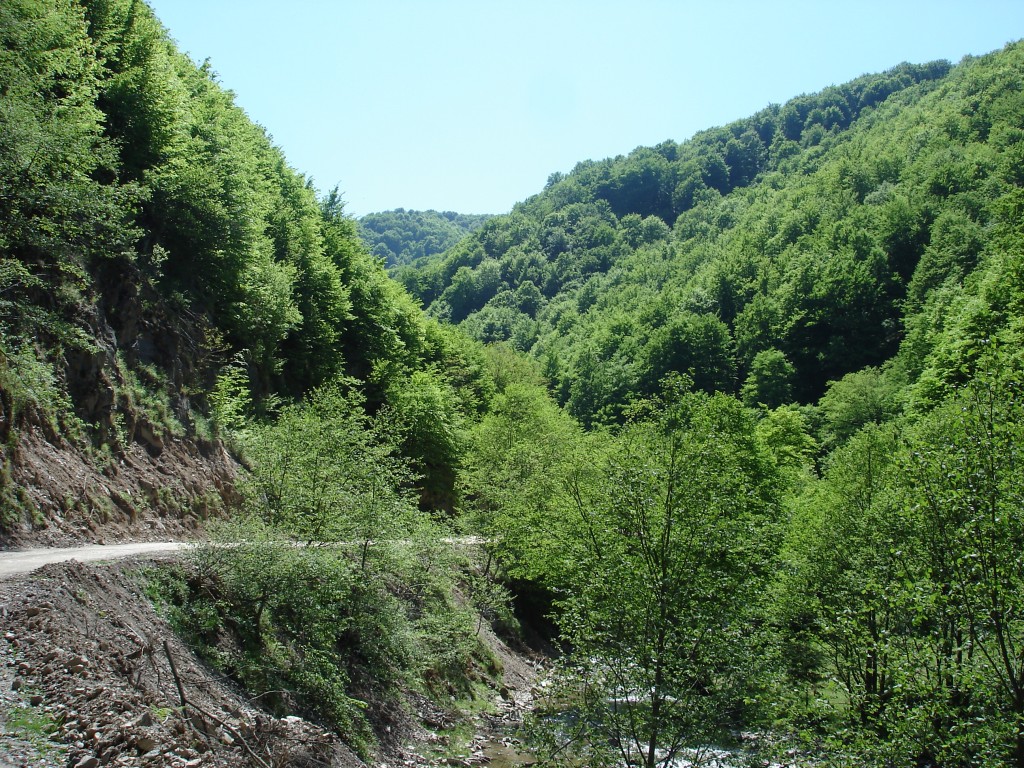 We had two short rides from our camping spot, one from a doctor, another from a salesman from Hunedoara who was delivering a door to a villager. The door was tied to the roof of his Dacia [which is really a Renault, with a different body]. The door turned out to be the wrong one, which resulted in a long discussion about the accuracy of the sales catalog. I was surprised at how easy it was to pick up the general sense of a conversation in Romanian, which is as obviously of Latin derivation as Italian or Spanish. In fact, apart from the oddity of hearing the Slavic loan word “da” for “yes” used repeatedly, often in strings (“da-da-da!”), it sounded a lot like Italian. This would prove very useful. In a pinch, I found that I could make a stab at guessing a Romanian word by calling up an Italian word and replacing the ending with “u” or “e”, and the listener could usually guess what I was driving at.
We had two short rides from our camping spot, one from a doctor, another from a salesman from Hunedoara who was delivering a door to a villager. The door was tied to the roof of his Dacia [which is really a Renault, with a different body]. The door turned out to be the wrong one, which resulted in a long discussion about the accuracy of the sales catalog. I was surprised at how easy it was to pick up the general sense of a conversation in Romanian, which is as obviously of Latin derivation as Italian or Spanish. In fact, apart from the oddity of hearing the Slavic loan word “da” for “yes” used repeatedly, often in strings (“da-da-da!”), it sounded a lot like Italian. This would prove very useful. In a pinch, I found that I could make a stab at guessing a Romanian word by calling up an Italian word and replacing the ending with “u” or “e”, and the listener could usually guess what I was driving at.
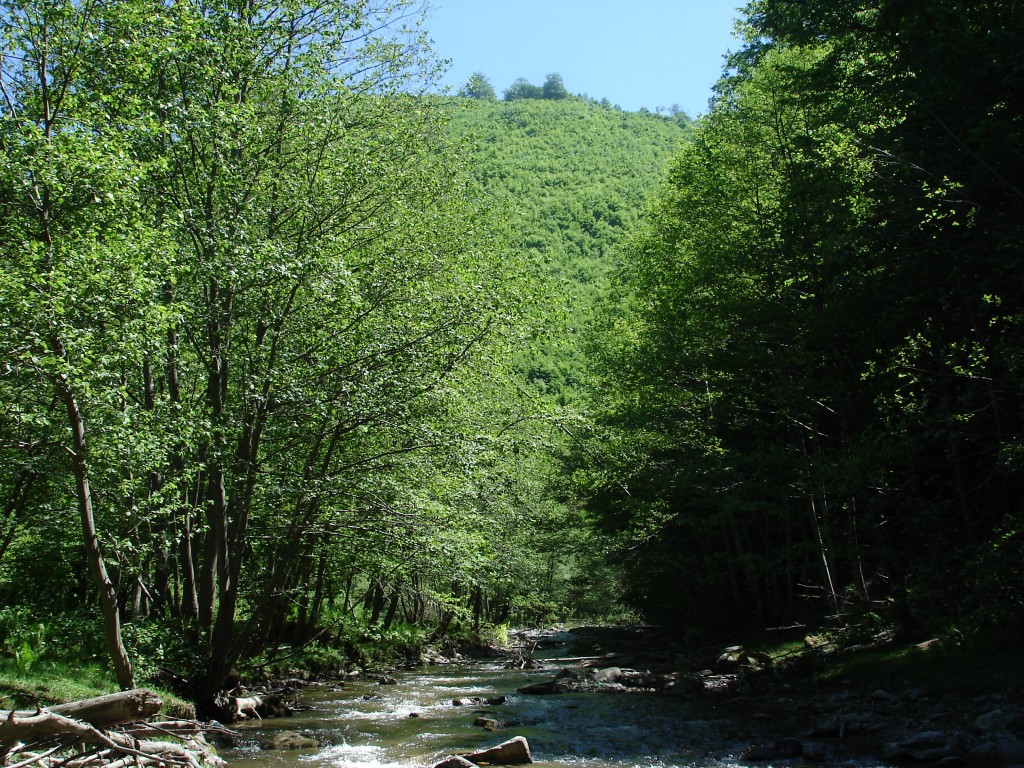 But the two rides brought us only a small portion of the way. The farmlands vanished as we followed the course of the Orăştie River into the mountains. It quickly became a steep and narrow valley, clothed in a thick forest of beech and spruce, occasionally breaking into small patches of alpine pasture. At one point, we were blocked by a bulldozer which had stalled in a critically squeezed portion of the road. It was necessary for another dozer to arrive and shove it enough for its motor to start. The road quickly deteriorated, and our last ride let us off at the point where a four-wheel drive vehicle would be advisable. From there on, it would be exclusively on foot. It proved to be a long, tiring climb, with the road reaching an absurd degree of steepness.
But the two rides brought us only a small portion of the way. The farmlands vanished as we followed the course of the Orăştie River into the mountains. It quickly became a steep and narrow valley, clothed in a thick forest of beech and spruce, occasionally breaking into small patches of alpine pasture. At one point, we were blocked by a bulldozer which had stalled in a critically squeezed portion of the road. It was necessary for another dozer to arrive and shove it enough for its motor to start. The road quickly deteriorated, and our last ride let us off at the point where a four-wheel drive vehicle would be advisable. From there on, it would be exclusively on foot. It proved to be a long, tiring climb, with the road reaching an absurd degree of steepness.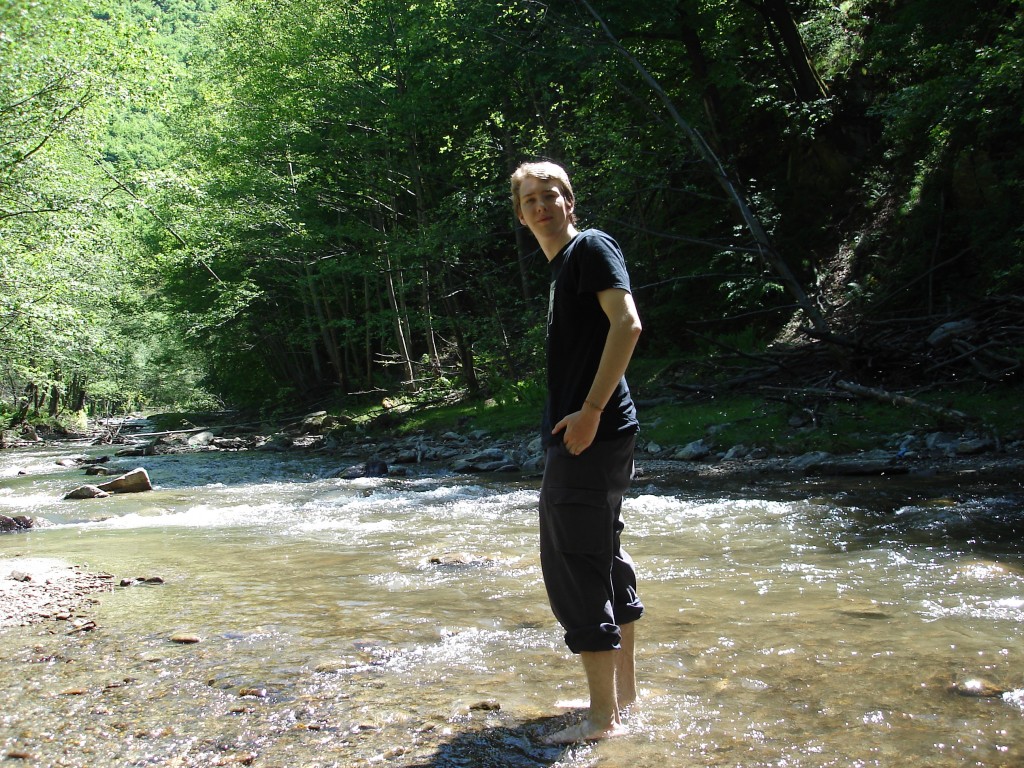
I should explain that I am out of shape, after years sitting at home, working on a computer. I had an excellent old tent for hitch-hiking, which had served well for many years, but when I set out for this trip, I discovered that it had disintegrated beyond utility. So I am taking another tent. Its an excellent tent I acquired for the arctic and northern bush country, but it is three times as heavy as the other one, and not really practical for hitch-hiking. I also have the foolish habit of acquiring books and other needlessly heavy items. Fortunately, we didn’t have to carry much water, as there were springs along the way. But, all in all, I am not in shape for this kind of thing any more. We took our time, stopping now and then to rest and bathe our feet in the river, which quickly reduced to not much more than a mountain stream. We passed through higher and higher meadows, summer pastures for horses and sheep. As the daylight dwindled, the intermittent pastures vanished, the road narrowed to a broken car-track, the forest darkened and closed in, and the grade varied between twenty and forty percent, never leveling off. It would be a tiring walk without anything on your back, but we were overloaded. Still, I felt perfectly comfortable most of the way. But somewhere along the way, I pulled a tendon, or did something to my back, and suddenly all the energy drained out of me. Every step forward was exhausting and painful. I bullied through as long as I could, but just a few kilometers from our goal, Isaac suggested that we camp for the night and reach the site in the morning. This met with my full approbation. We selected a spot in the woods, pitched our tents, and I dropped into immediate unconsciousness.
In the morning, we started out again. It was obvious that I had done some major damage to my back, because walking was still quite painful for me. The grade continued to steepen. Finally, we set down our packs at the last kilometer from our goal, and agreed to visit the site in relays. Isaac went first, returning after a while with the news that there was plenty to see, fresh water, and someone at the site. I then went up myself.
After walking through the roman fortification, the walls of which snaked through the forest, I entered a clearing in which the Dacian ruins were spread out in the golden sunlight. This was Sarmizegetusa. I had expected to see the sort of thing that is normal at an archaeological site: a few vague outlines, some lumps in the soil and fragments of stone. Instead, I found quite spectacular structures, including a huge circular tablet something like an Aztec sun-wheel, temple sanctuaries, and massive tumbled pillar fragments. This was quite amazing, considering their antiquity and location on a remote mountain top.
But the most delightful surprise was that the man on the site turned out to be Dr. Constantin, the archaeologist in charge of excavating the site. He was fluent in French, so he gave me a detailed tour.
This was no mere fortified military outpost or remote religious sanctuary. It was a city — a prosperous city surrounded by extensive agricultural settlement. Dr. Constantin showed me how the entire mountainside had been terraced for farming. What is now thick forest was, when the Roman legions came, a landscape teeming with human activity.
I should explain why it was that I endured such an exhausting climb to visit a Dacian archaeological site. I grew up reading history books in which there was a consistent image. Europe, north of the Roman Empire, was portrayed as a kind of primeval forest, inhabited by primitive tribal Celts and Germans, who would lurk behind the trees, listen to mystic oracles, and make bloody sacrifices, but who built nothing. The Romans then arrived, and after a few rip-roaring battles, installed indoor plumbing and Roman Law. The cowering natives were only too glad to earn the right to dress up in togas and imitate their betters.
This was, no doubt, how the Romans saw things. It’s also how the British saw things when their empire was strong. It was how King George III thought about his American subjects. And it’s how many Americans now think about their conquest of Afghanistan. But this version of history never sat well with me.
In ancient Dacia, we have a clear example of a European people, north of the Danube, who built an urban civilization outside the Empire, before they were conquered and absorbed by Rome. I will explain more about the Dacians, and their role in history, in the next posting.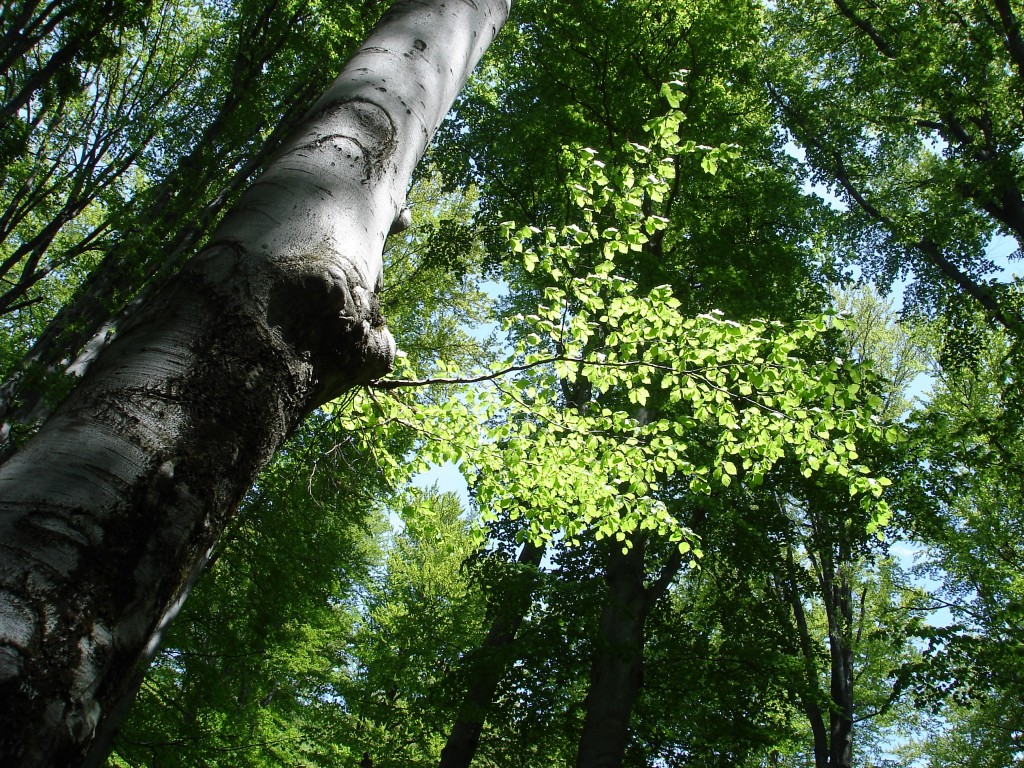
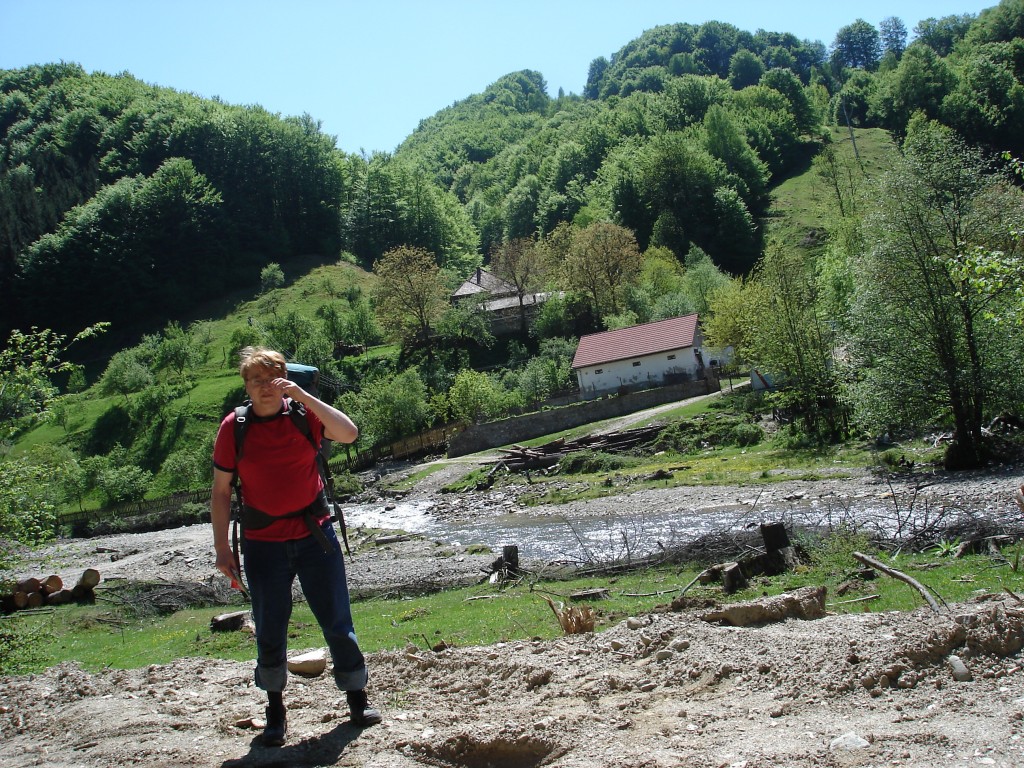
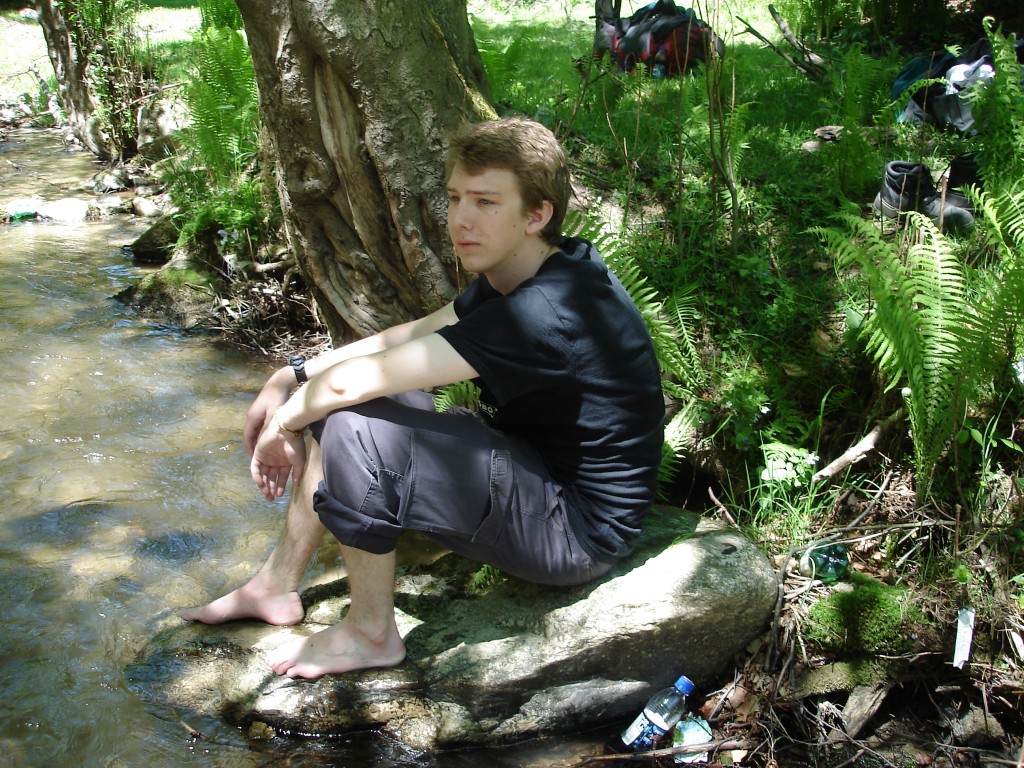
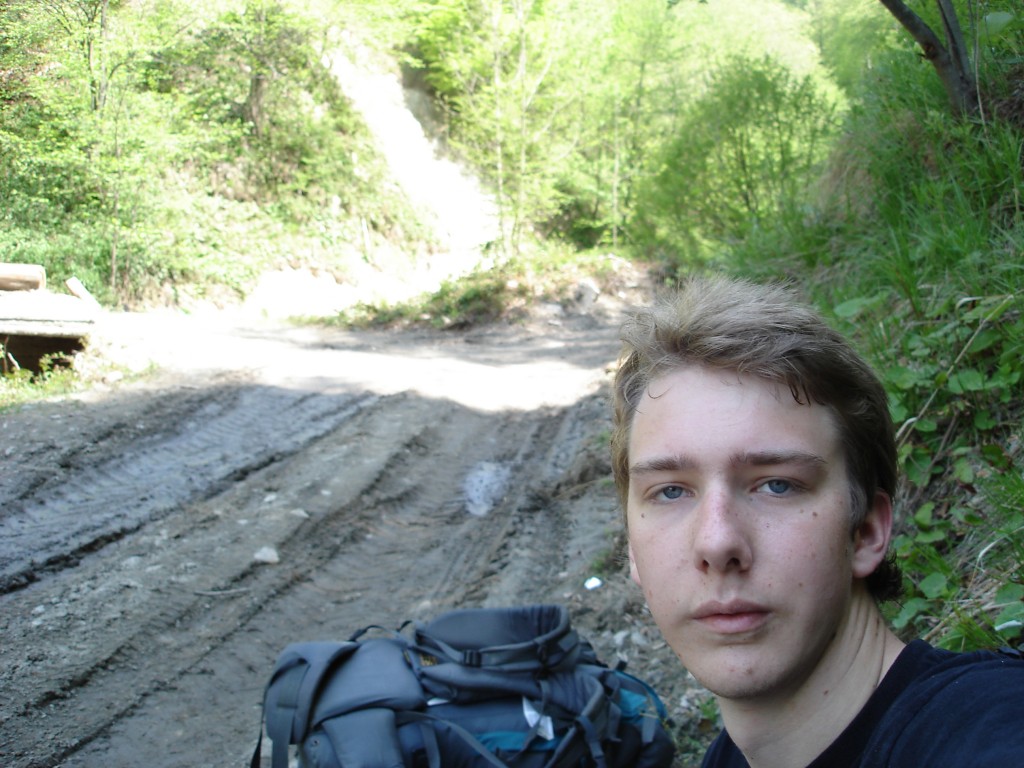
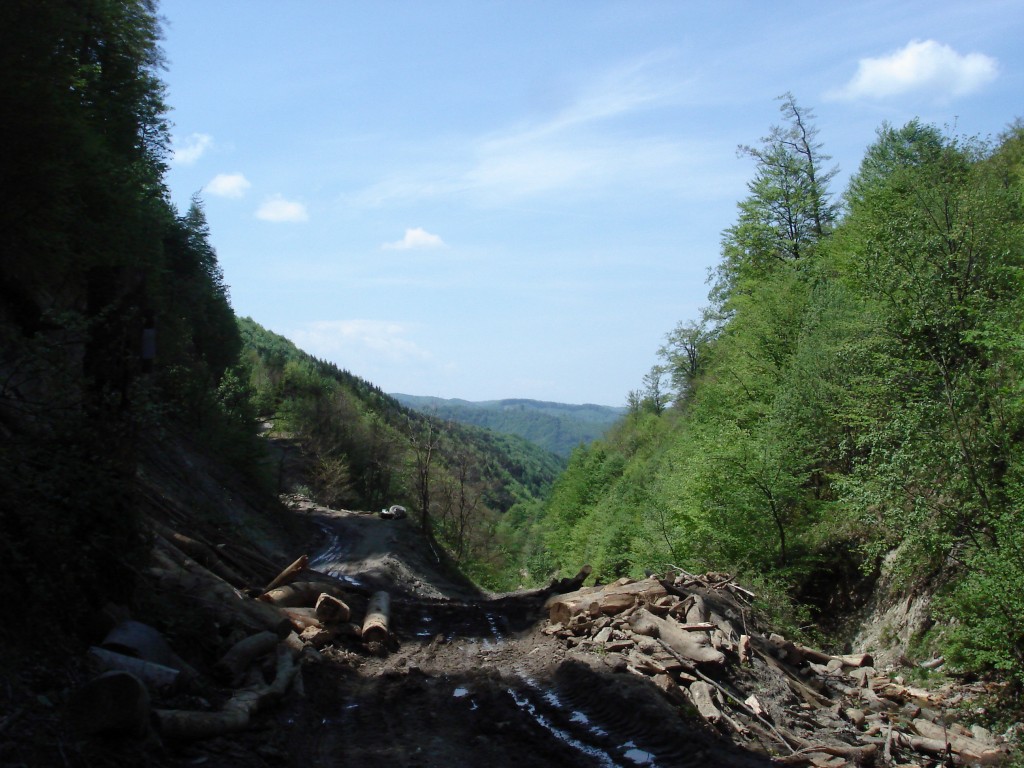
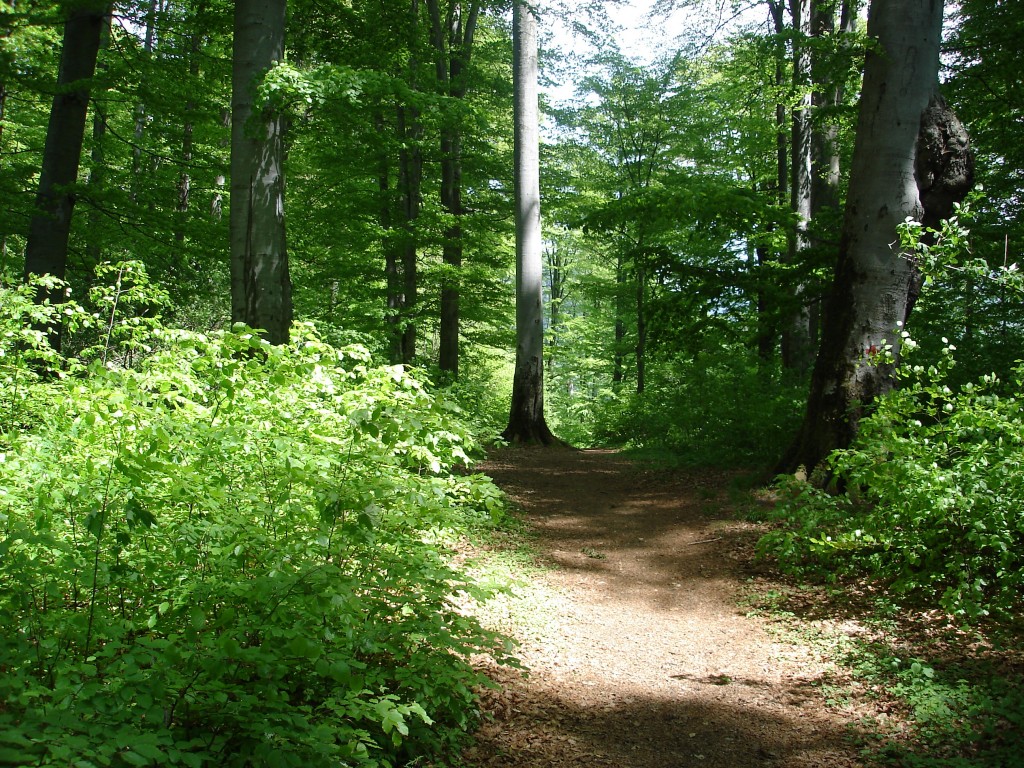
0 Comments.